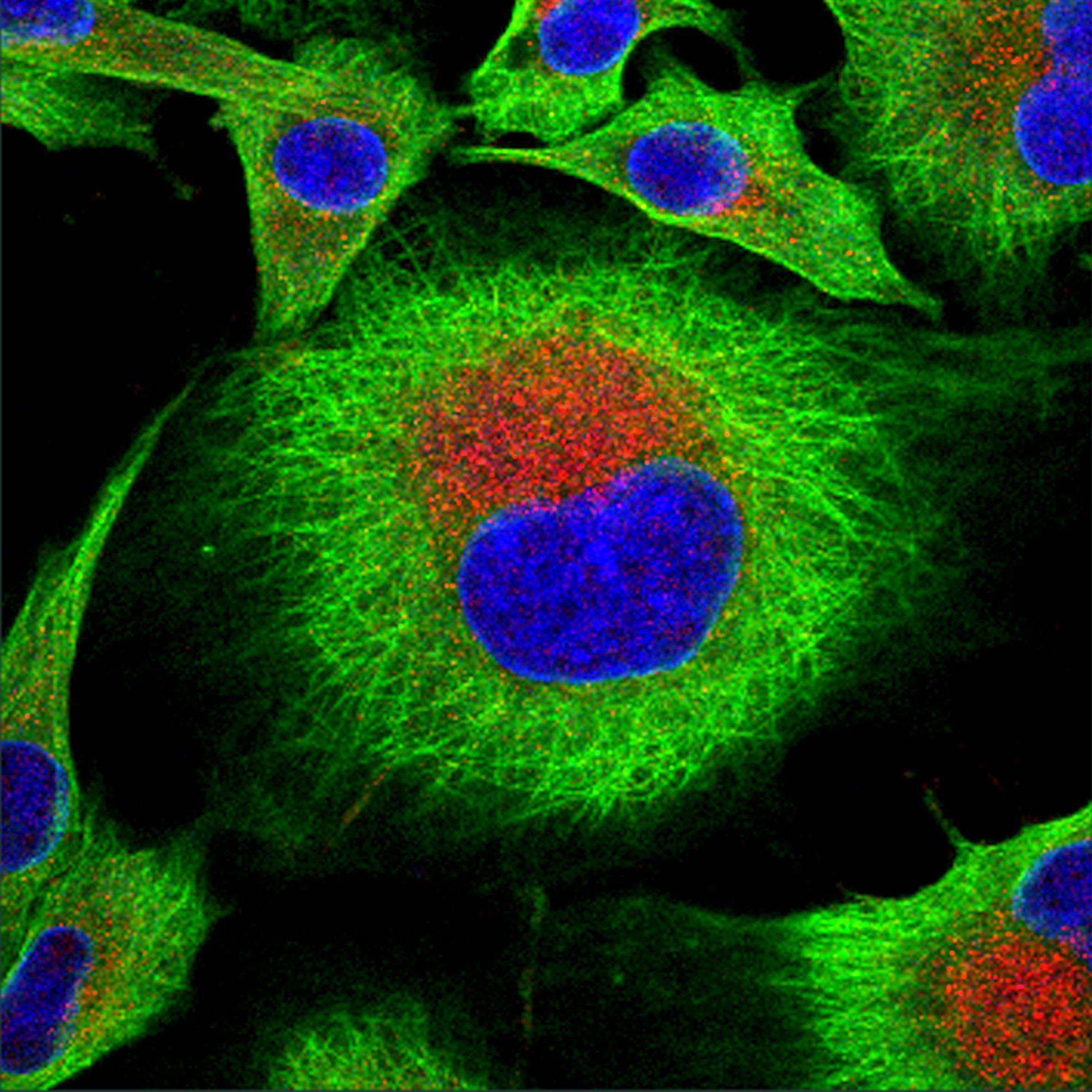Determining the epitope dominance on the capsid of a serotype SAT2 foot-and-mouth disease virus by mutational analyses
Monoclonal-antibody (MAb)-resistant mutants were used to map antigenic sites on foot-and-mouth disease virus (FMDV), which resulted in the identification of neutralizing epitopes in the flexible ?G-?H loop in VP1. For FMDV SAT2 viruses, studies have shown that at least two antigenic sites exist. By use of an infectious SAT2 cDNA clone, 10 structurally exposed and highly variable loops were identified as putative antigenic sites on the VP1, VP2, and VP3 capsid proteins of SAT2/Zimbabwe (ZIM)/7/83 (topotype II) and replaced with the corresponding regions of SAT2/Kruger National Park (KNP)/19/89 (topotype I). Virus neutralization assays using convalescent-phase antisera raised against the parental virus, SAT2/ZIM/7/83, indicated that the mutant virus containing the TQQS-to-ETPV mutation in the N-terminal part of the ?G-?H loop of VP1 showed not only a significant increase in the neutralization titer but also an increase in the index of avidity to the convalescent-phase antisera. Furthermore, antigenic profiling of the epitope-replaced and parental viruses with nonneutralizing SAT2-specific MAbs led to the identification of two nonneutralizing antigenic regions. Both regions were mapped to incorporate residues 71 to 72 of VP2 as the major contact point. The binding footprint of one of the antigenic regions encompasses residues 71 to 72 and 133 to 134 of VP2 and residues 48 to 50 of VP1, and the second antigenic region encompasses residues 71 to 72 and 133 to 134 of VP2 and residues 84 to 86 and 109 to 11 of VP1. This is the first time that antigenic regions encompassing residues 71 to 72 of VP2 have been identified on the capsid of a SAT2 FMDV.
Back to publications

